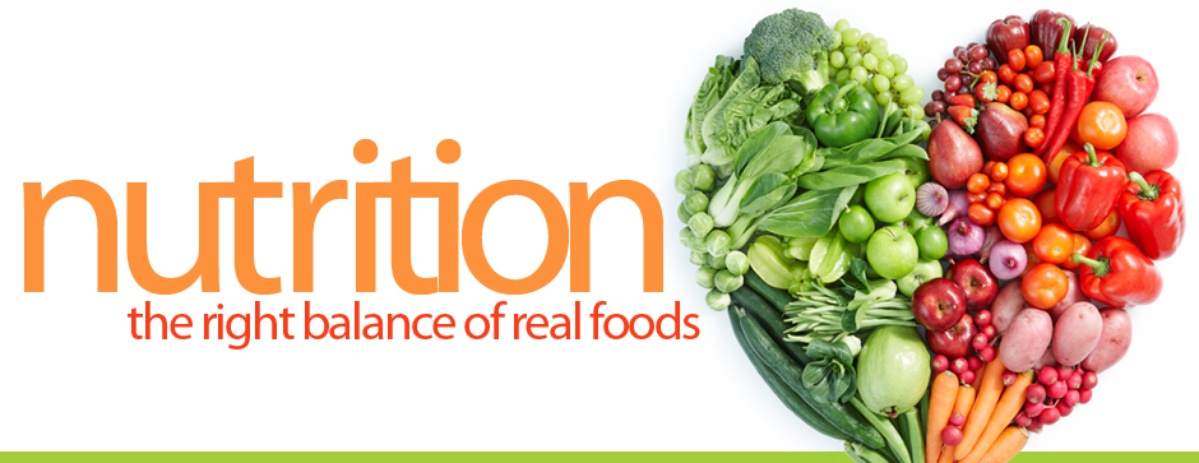The Council on Bridging the Nutritional Divide is a public-private partnership founded in 2014 that is tasked with developing a three-year plan to help solve childhood hunger in the Commonwealth, promote Virginia’s agriculture economy, and support local programs related to community nutrition, food access, and health strategies.
General About the Organization/Mission
On November 14, 2014, Governor Terry McAuliffe signed an executive order establishing the Commonwealth Council on Bridging the Nutritional Divide, chaired by First Lady Dorothy McAuliffe. The council will further consist of representatives of the Secretaries of Agriculture and Forestry, Commerce and Trade, Education, Health and Human Resources, Veterans and Defense Affairs, state and local agencies, the agriculture and business communities, leaders in education and health, and additional experts appointed by the Governor.
The three primary goals of the initiative are as follows:
- Eliminate childhood hunger in Virginia through increased participation in nutritional assistance programs
- Promote Virginia’s agriculture industry and increase access to affordable, healthy, and local foods
- Facilitate efficient and local initiatives related to community nutrition, health access, and programs across the Commonwealth.
Each goal above has associated sub-goals, with quantifiable metrics for each objective. Progress towards achieving these goals will be made available to the public via an online scorecard. The council’s first meeting was held on February 4, 2015.
Basic Info
|
Type of Organization |
Public |
|
Website |
https://governor.virginia.gov/newsroom/newsarticle?articleId=7309 |
|
Primary Contact |
Office of the First Lady: Lincoln Saunders |
Programs and Projects
The sub-objectives within each major goal of the Council are listed below:
1. Eliminate childhood hunger in Virginia by increasing participation in nutrition assistance programs:
- Increase school division and community participation in a) the Community Eligibility Provision, b) the Summer Food Service Program, c) the Child and Adult Care Food Program, d) alternative breakfast models, and e) additional pathways to expand meal access as determined by the Council.
- Increase eligible household participation in the Special Supplemental Nutrition Program for Women, Infants, and Children (WIC) and Supplemental Nutrition Assistance Program (SNAP)
2. Promote Virginia’s leading industry – agriculture – and increase access to affordable, healthy, and local foods:
- Improve food distribution systems to better serve a diversifying Virginia agricultural economy
- Improve accessibility to farmers’ markets
- Increase acceptance of SNAP/Electronic Benefit Transfer (EBT) and WIC/EBT at farmers’ markets
- Encourage the development of innovative and sustainable retail models to provide access to healthy foods in areas classified as food deserts
- Increase farm-to-school and other farm-to-institution programs
3. Facilitate efficient and effective local initiatives related to community nutrition, food access, and health strategies and programs across the Commonwealth:
- Support the development of regional agricultural councils, nutrition education programs, and additional community and learning gardens
- Serve as a communications hub for initiatives and convener of partners, and recognize and promote innovative local programs, that align with the council’s mission
The Council on Bridging the Nutritional Divide will also be integrating a grant from the U.S. Department of Agriculture into Council initiatives, the USDA Pilot Project for the Procurement of Unprocessed Fruits and Vegetables. Virginia was one of eight states selected by the USDA for participation in pilot project directed by the Agricultural Act of 2014, also known as the Farm Bill. The project allows for Virginia school systems to use some of the $24 million it receives from the USDA for use in the USDA’s National School Lunch Program to purchase locally grown and unprocessed fruits and vegetables directly from vendors, rather than going through the USDA Foods program. This project will enable schools to increase their use of fresh, in-season, and locally grown Virginia produce in their cafeterias.
Partners and Frequent Collaborators
- Virginia Department of Health
- Virginia Department of Education
- Virginia Department of Agriculture and Consumer Services
- U.S. Department of Agriculture
- Federation of Virginia Foodbanks
Future Developments for This Wiki
- Add hyperlinks for collaborators (link to localwiki page, if available)
- Add members of the Council (and organizations): https://governor.virginia.gov/newsroom/newsarticle?articleId=7501



